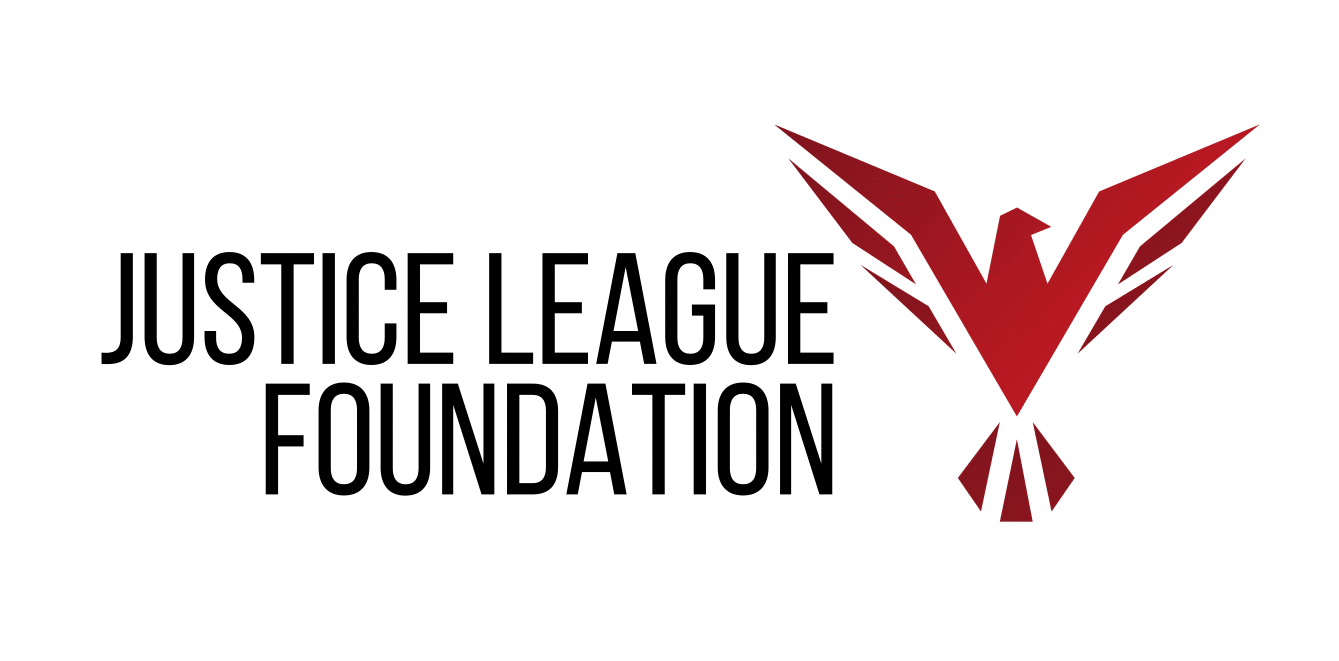Police Brutality in India: The Way Forward
Police brutality in India is not an isolated issue—it is deeply rooted in the structures of policing, governance, and society itself. From custodial deaths to fake encounters, from crackdowns on protests to systemic discrimination, instances of police violence continue to be widespread, yet rarely lead to accountability. This blog explores critical themes and historical events that show how deeply ingrained this issue is—and why we must urgently act.
Custodial Deaths Are Not Accidents
Deaths in police custody continue to occur at an alarming rate. What is often labelled as suicide or medical emergencies hides a grim reality of torture, beatings, and mental abuse. These deaths rarely lead to convictions, and the system protects the perpetrators more often than it protects the victims. A major reason for this is the lack of strong oversight and the deep power imbalance between the police and ordinary citizens.
Blinding, Beatings, and Brutality
There have been chilling instances where police actions crossed all moral and legal boundaries. In one such horrific case, prisoners were deliberately blinded using acid—a stark reminder that when law enforcers break the law, the consequences are devastating. Cases like these are not merely about individual acts of violence; they reflect how institutions allow such cruelty to go unchecked.
The Myth of “Encounters”
Extrajudicial killings, often called “encounters,” are widely celebrated in media and politics as acts of bravery. In reality, they are often staged, targeting the poor, marginalised, and those already criminalised by caste, religion, or poverty. Investigations into such killings are rare, and when they do happen, they are usually carried out by the same forces responsible for the deaths. This cycle of impunity continues to thrive under public silence and political encouragement.
When Protest Turns Into Target Practice
History has shown us that the police have not hesitated to use brutal force against peaceful protestors—especially those from Dalit, Adivasi, and minority communities. Firing on crowds, mass arrests, and the use of excessive force during protests reveal a pattern of criminalising dissent. These actions are not isolated—they stem from a legacy of viewing resistance as a threat that must be crushed.
Performing Policing in the Digital Age
In recent years, the police have tried to reshape their image through social media outreach, humour, and campaigns about community policing. While these efforts may soften public perception, they do little to address the real problems—torture, bias, and lack of accountability. A feel-good tweet cannot cover up a system that fails to deliver justice to victims of police abuse.
What the Data Shows Us
Studies and surveys with police officers themselves have revealed worrying attitudes. Many believe that physical force is a necessary tool to make suspects “confess” or behave. Some even feel that mob violence can be justified in certain cases. These findings show us that change must come not just through laws, but through re-education, monitoring, and cultural reform within the police force.
What Needs to Change
- Stronger laws against custodial torture and encounter killings.
- Independent oversight bodies to investigate complaints against the police.
- Training and sensitisation of police officers to address caste, class, and gender bias.
- Public awareness to stop celebrating violence and start demanding accountability.
- Media responsibility to report abuses honestly instead of glorifying extrajudicial actions.
The Fight for Justice Is Everyone’s Fight
Police are meant to protect, not punish. When they cross that line, the very idea of justice is turned upside down. The silence around police brutality helps it grow. By learning, speaking up, and pushing for reform, we make it harder for injustice to hide.
Let’s remember: justice is not something we are given—it’s something we demand.
Justice League Foundation stands with all those who have faced violence at the hands of power. We call for a policing system built on transparency, fairness, and human dignity.
